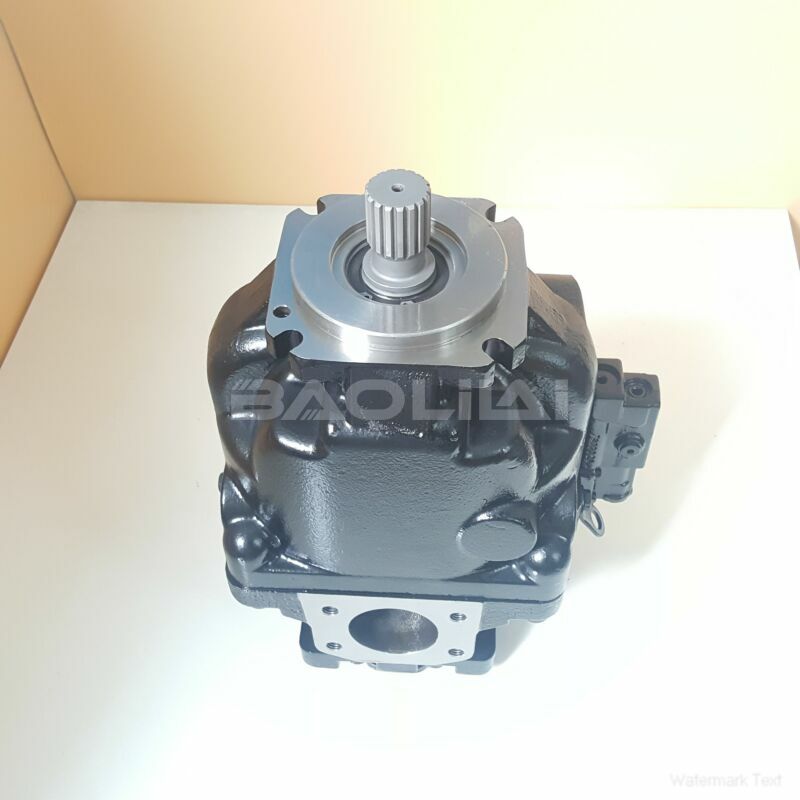ERL130BPC20NNNNN3S1RPA1NAAANNNNNN sauer danfoss pump
ERL130BPC20NNNNN3S1RPA1NAAANNNNNN sauer danfoss pump

- Product Details
- Applicable Scene
Hydraulic pump cavitation is a significant issue that can lead to decreased efficiency and premature failure of pumps in marine operations. Recognizing the causes of cavitation and implementing strategies to mitigate it are essential for maintaining optimal performance and reliability in fluid circuits. This article outlines the mechanisms of cavitation, its impact on hydraulic systems, and practical solutions to address the problem.
ER-L-130B-PC-20-NN-NN-N-3-S1RP-A1N-AAA-NNN-NNN
ERL130BPC20NNNNN3S1RPA1NAAANNNNNN
Cavitation occurs when the pressure of the hydraulic fluid falls below its vapor pressure, leading to the formation of vapor bubbles. As these bubbles travel through the pump and enter regions of higher pressure, they collapse violently, generating shock waves that can cause significant damage to pump components. The phenomenon is often exacerbated by high fluid temperatures, low fluid levels, and poor system design.

83024662
Several factors can contribute to cavitation in hydraulic systems. One common cause is the use of improper pump sizing. If a pump is oversized for its application, it may operate at lower flow rates, creating conditions conducive to cavitation. Additionally, high fluid temperatures decrease the fluid density and increase vapor pressure, thus heightening the risk of bubble formation. Inadequate suction line design, such as sharp bends or restrictions, can also create turbulence and lower pressure, further promoting cavitation.
To effectively solve hydraulic pump cavitation in marine operations, the following strategies can be employed:
Pump Sizing and Selection: Ensure that the pump is correctly sized for the intended application. Perform a thorough analysis of the required flow rates and pressures to choose a pump that matches the system’s demands. Consulting pump performance curves can help identify the optimal operating range and minimize the risk of cavitation.
Increase Suction Pressure: Maintaining sufficient suction pressure is crucial to prevent cavitation. This can be achieved by placing the pump at a lower elevation than the fluid source or using a pressure booster. Additionally, minimizing the friction losses in the suction line through smooth bends and fittings can improve pressure conditions.





